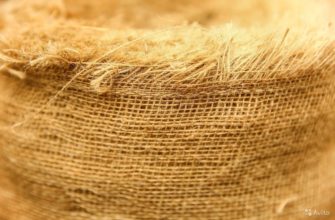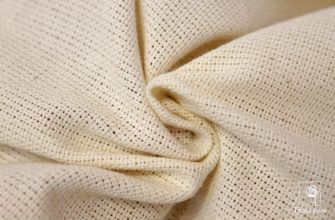Bologna fabric is a waterproof material with a shine. It protects well from the cold, is easy to care for. It is used in the manufacture of jackets, pants, vests. Things made of bologna are called bologna. The fabric looks beautiful, with a metallic shine.
A bit of history
The name of the fabric came from Italy. It was first made in the city of Bologna. Now it is called bologne (not bolonium) fabric. It was used to make light raincoats that were excellent protection from rain. The colors were dark, mostly black or brown, less often gray.
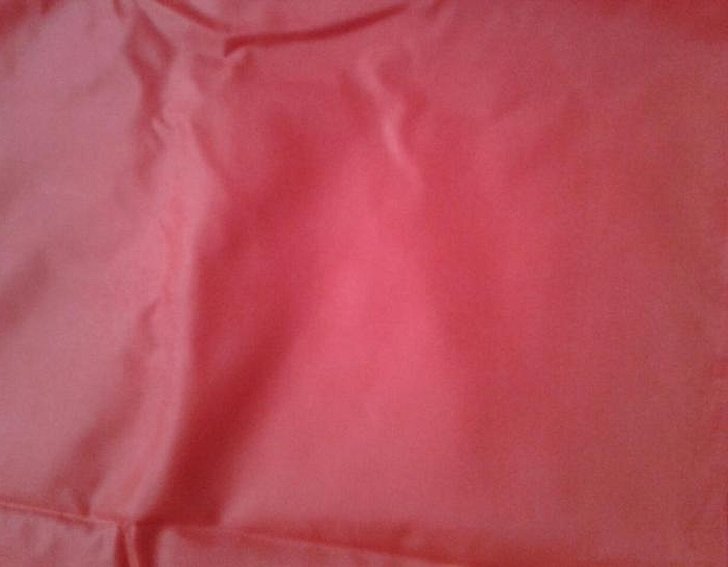
Such raincoats were accompanied by voluminous belts on the waist. The popularity of such raincoats appeared when Italian films became widespread, in the late 50s of the last century. But in the USSR, fashionable raincoats were also accompanied by scarves, boots and umbrellas.
The technology came to Russia already in the Soviet years, in the 60s. Bologna fabric was made from nylon fibers invented in Germany. Therefore, the domestic version of Bologna turned out to be coarser than the Italian fabric. In the USSR, Bologna began to be produced at the Naro-Fominsk Silk Factory.
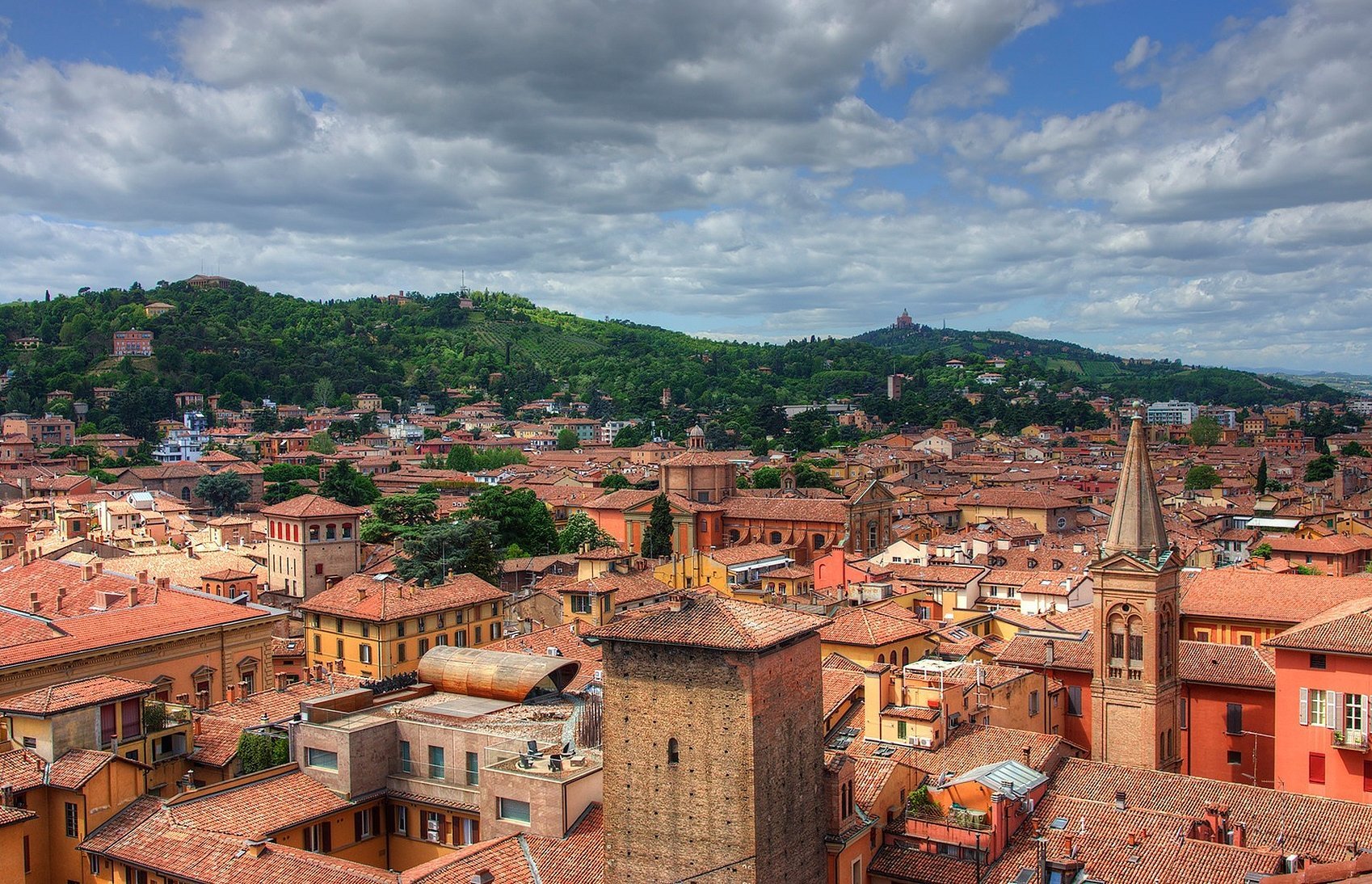
In the country, the material quickly caught on with buyers. Clothes made from it were warm, waterproof, and inexpensive. So, raincoats and jackets began to be made from lapdog.
Please note! Many people don’t know how to write “balon” or “bolon” fabric, but the correct option is still the second one.
Manufacturing and production
Bologna fabric is a synthetic material. The base is nylon fabric. It is processed in four stages:
- Acetic ethyl ether is applied to the surface, which ensures the material’s water resistance.
- A second layer of ether is applied on top, but not as viscous.
- The third layer is metallic powder. It is thanks to it that the bologna fabric gets its shine.
- The fabric is treated with silicone. Now bologna is a waterproof and durable fabric.

Bologna can also be made in another way:
- The first layer is also designed for waterproofing. Polyacrylates are applied.
- The second layer is the same, but less viscous.
- Silicone treatment.
Please note. The lapdog made by the first method looks better than the fabric made by the second. The prices are appropriate - the first fabric is more expensive than the second.
Characteristics, pros and cons, description
Bolognese is a nylon or capron fabric, as mentioned above. It is very dense, smooth, shiny, and rustles when rubbed. Neither air nor moisture passes through it. Bolognese is not only a waterproof fabric, it is not afraid of alkalis, acids, dirt, or bacteria.
Despite its density, the material is very light and does not cause discomfort when worn. Even cotton clothes will be significantly heavier than a lap dog. The fabric is durable. It only tears if the clothes catch on a nail or other sharp object.
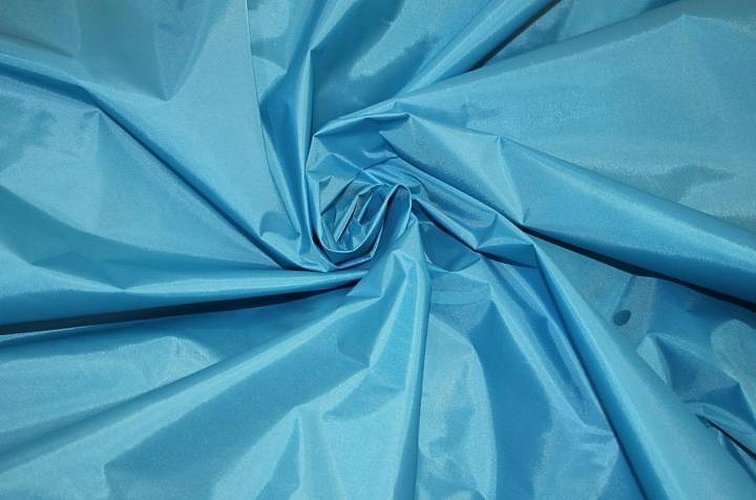
Important! Although the fabric is not afraid of acids and alkalis, it is corroded by organic solvents. Even one drop can eat through the fabric, leaving only nylon.
Bolon is a very comfortable fabric, but it also has its drawbacks:
- Due to its density, the fabric is vapor-impermeable. The body in bologna clothing does not breathe at all. In warm weather, this will have a bad effect on the skin.
- The fabric's water resistance is not permanent. When exposed to sunlight, the material loses this property.
- It is better to wear such clothes in mild cold weather. The fabric cracks, wrinkles and breaks from frost.
- Due to intolerance to organic solvents, dry cleaning is prohibited.
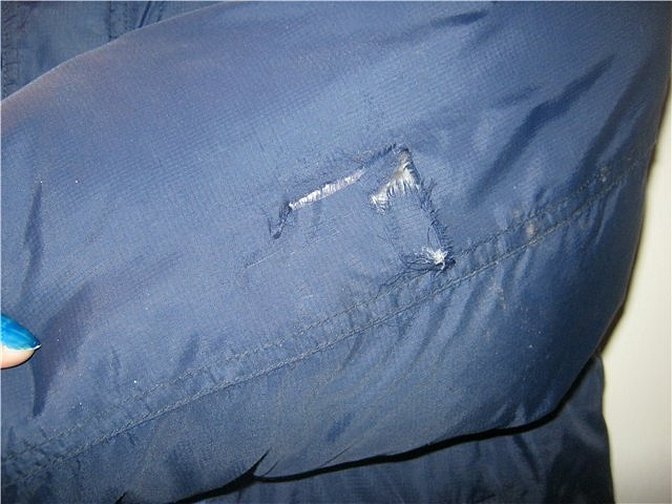
Advantages of bologna material:
- high strength;
- protects from cold and rain;
- light weight;
- low price;
- compactness, bologna is easy to fold, it does not wrinkle.
The fabric has its own advantages that make it attractive to buyers. And all its disadvantages are not so terrible if you take proper care of the fabric.
Applications of bologna fabric
In the USSR, coats, jackets and raincoats were mainly made from this material. They were very fashionable at that time, since the lapdog had just arrived from Italy. Of course, they are still being made today. In addition to raincoats and jackets, many other things began to be made from lapdog.
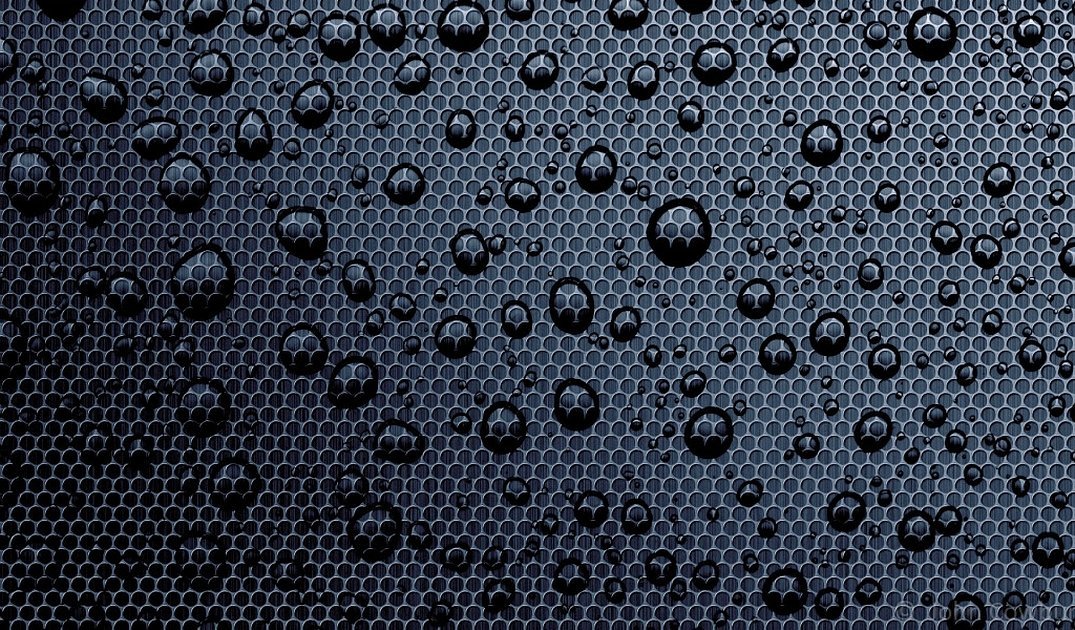
Application for uniform production
Since bologna is very durable and easy to care for, it has come to be used for sewing uniforms. Most often, bologna is used to make aprons for hairdressers, capes and bags. In addition, workwear sets are sewn. Such workwear can be used in various industries - oil production, construction, coal, etc. The fabric is also suitable for sewing tourist clothing.
This uniform protects the skin well from external influences, but it is very difficult to work in it in hot weather.
Where else is the Bolognese used:
- In sewing jackets. The classic version of the material is suitable for this. The jacket will protect from cold, wind and rain.
- In sewing trousers, vests, raincoats, parkas.
- In the manufacture of umbrellas. Since the lapdog does not allow moisture to pass through, umbrellas are made from it.
- In the production of bags and backpacks.
- In shoe production.
- In sewing curtains, finishing tablecloths.

And recently there came a fashion for skirts made of bologna fabric. Such a skirt can be easily worn even in winter.
How to choose a bologna item
The fabric has several criteria by which you can choose. These are water resistance and atmospheric activity (water evaporation). If the clothes are made poorly, or there were mistakes in the production of the fabric, the water resistance will be poor.
The clothes should be comfortable, especially if it is a uniform. It should not restrict movement, be too thick and uncomfortable. Sometimes a reflective sign may be applied to the uniform.
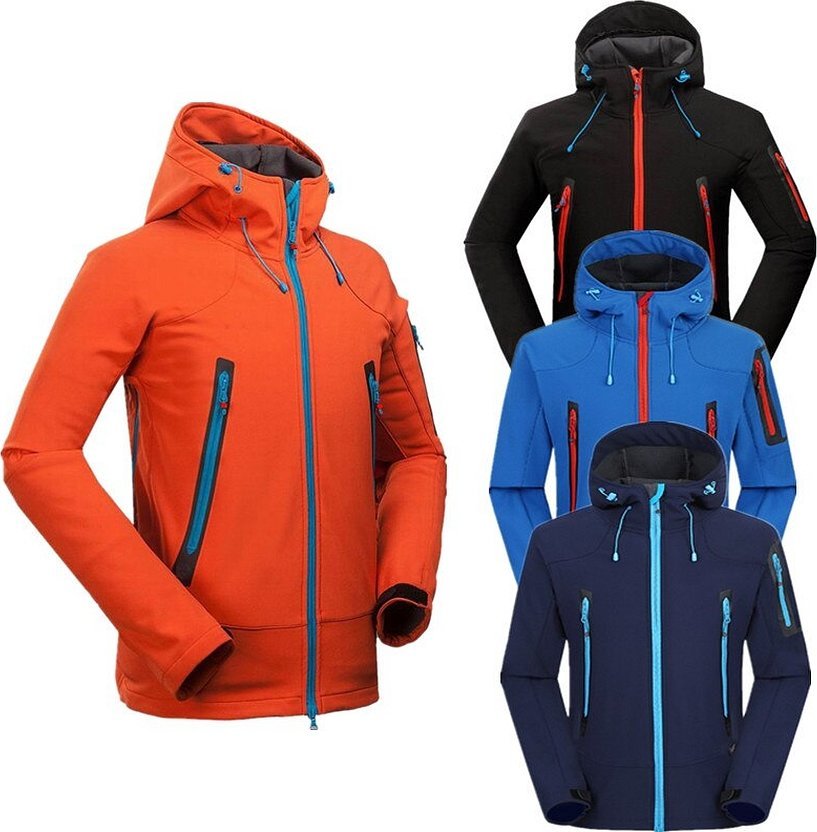
Caring for Bolognese items
The fabric does not require any special care. It is only necessary to protect it from severe frost and heat, direct sunlight and chemical exposure. This clothing should not be worn in cold weather, but in cool, damp weather.
Since chemicals cannot be used when washing, items made from lapdog do not necessarily need to be washed in a machine. It does not require this. When dirty, it is usually enough to simply wipe the fabric with a damp cloth. The water can be soapy, depending on the degree of contamination. Dust and dirt should be removed without pressing hard on the material.
Items without lining are washed in cool water using soap or other neutral detergent. Items should be dried at low temperatures, allowing the water to drain completely.
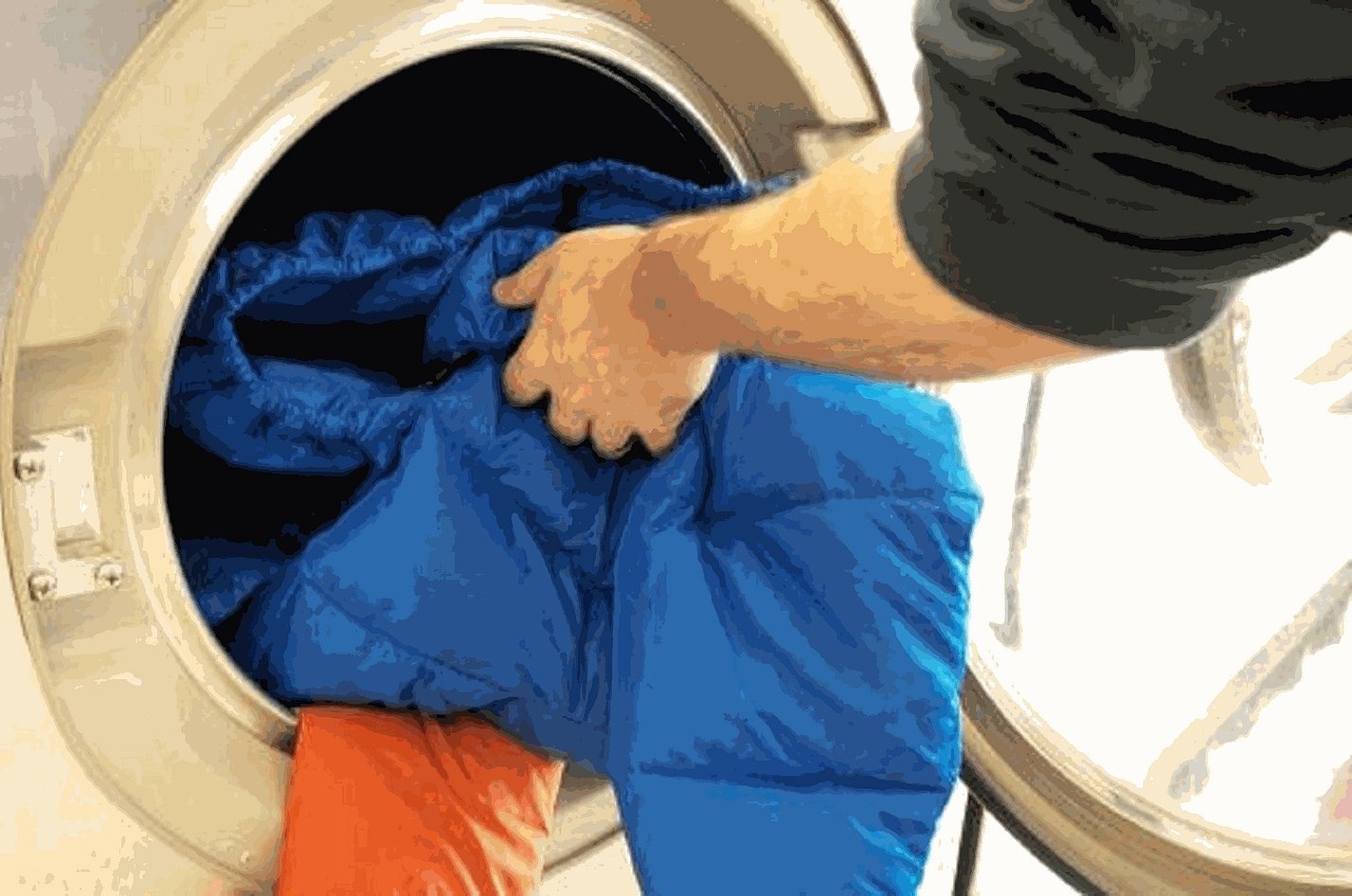
If the color of a bologna item has faded over time, it should be washed in water with dissolved vinegar. This will make the color brighter and the item will look newer.
How much does a lapdog thing cost?
Bologna material is not difficult to produce, so it is inexpensive. On average, the price of a Bologna item is from 150 rubles*. A meter of fabric costs about 300 rubles. Prices for items depend on what kind of item it is - a child's item, an adult's item, a full suit or just a jacket. A uniform will cost more than items for everyday wear.

Of course, the material has its drawbacks and nuances in storage and care. Should you buy things made of this material? Of course, yes. At least one lapdog raincoat will come in handy in your wardrobe. In passable rainy weather, this is the best. The fabric is also irreplaceable for tourists. Backpacks made of lapdog are especially useful for tourists. But you shouldn't buy winter clothes, especially if the climate is cold. This will ruin the clothes themselves and will have a bad effect on your skin. It is better to spend a little more money and buy clothes made of another, breathable material.

Reviews
- Olga, 37, Moscow. “I recently bought a coat made of lapdog. It protects well from the rain. I have never washed it, only wiped it with a damp cloth once in a while. It is light, but warm. It protects from strong wind. In general, it is the only thing to wear in autumn. Very good material. What else do you need for such a small price?”
- Oleg, 56, Pinsk. “We have been buying outerwear made of lapdog for the fall and spring for a long time. It lasts for a year or two. It is more convenient with such things. You can wash them once a year and store them in any closet. Moreover, even a bulky jacket can be folded into a bundle. We have bought winter jackets a couple of times, they cost pennies. They last for one season, then they crack. But you don’t feel sorry for them, they are cheap.”
- Maria, 24, Smorgon. "You can find good jackets made of lap wool now, and they will let air through. In spring and autumn, for example, when it's cool, you can wear them yourself and your child. You just have to look hard. But in general, if you don't move too much, you won't get sweaty in a winter lap wool."
Bologna fabric is comfortable and multifunctional. It does not require care, can be stored in any dark cool place. In addition, it does not wrinkle, does not require washing, is inexpensive.
*prices are valid for January 2019



